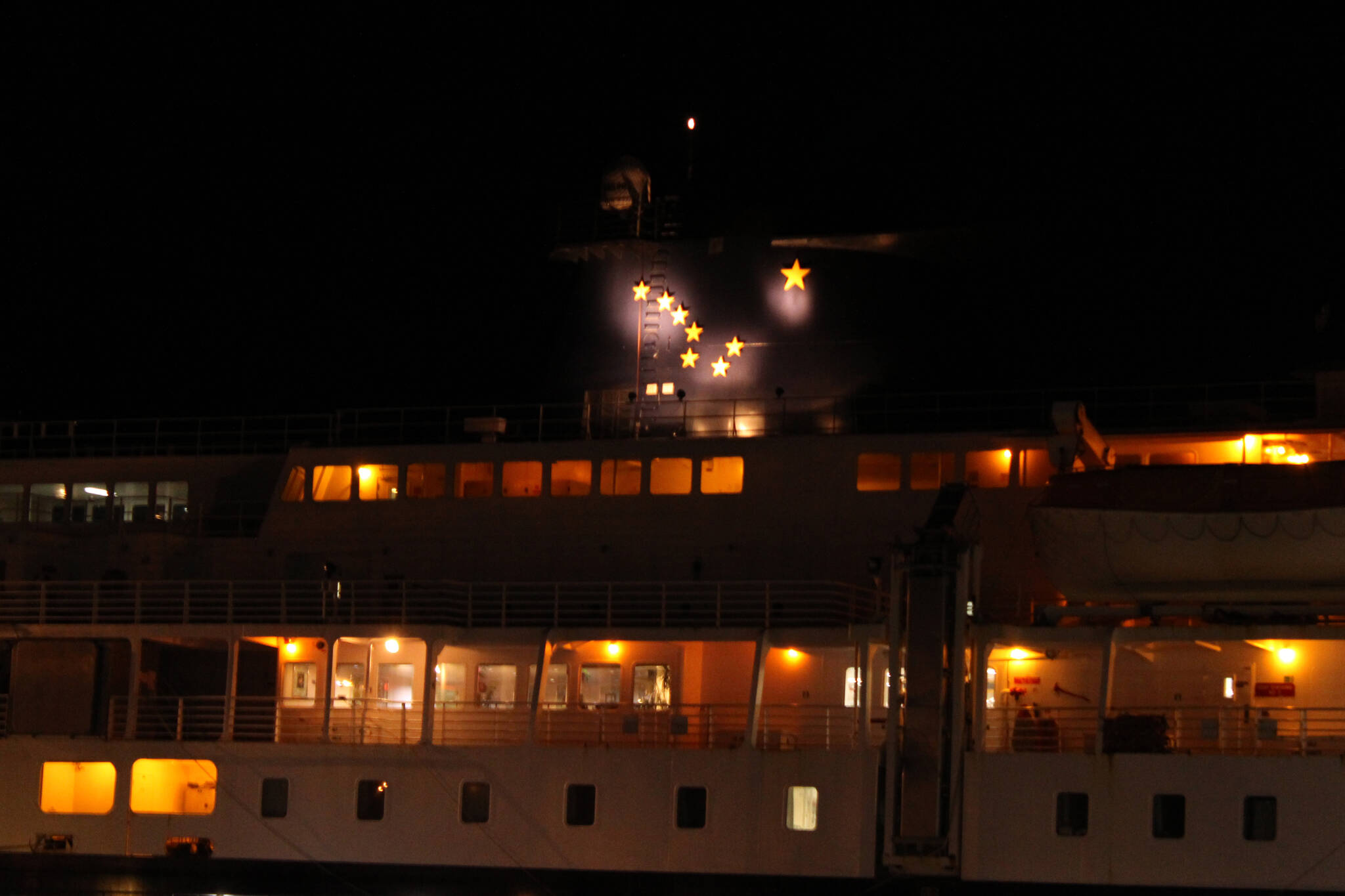By Ryan Anderson
Since 1963, the Alaska Marine Highway System has transported Alaskans to and from our coastal communities. The marine highway brings us to family and friends; it brings our basketball teams to their championship games, our elders to medical appointments, and legislators and their staff to our state capital in Juneau. The marine highway brings us back home. Today, we are reinvesting in AMHS to ensure it will continue to Keep Alaska Moving.
It’s important to tackle the problems that AMHS has been grappling with for the past few decades — an aging fleet, a challenging fiscal environment, and most recently, a tightening labor market. We cannot shy away from these challenges — we must tackle them head-on, as we did last year, working with the Legislature to structure an 18-month budget totaling $182.9 million. That provided, for the first time in AMHS history, the necessary funding to release and publish an operating schedule a year in advance. Because Gov. Mike Dunleavy’s budget is not limited by a state fiscal year, AMHS will have a more predictable vessel overhaul plan and can provide travelers with sailing schedules a year out — important advances that should increase ridership and revenue.
Now is also the time to revitalize our system — to ensure that our nearly 60-year-old marine highway is around for another 60 years — to serve our coastal communities and support Alaska’s economy. This year the governor submitted a bill to create an endowment for the Alaska Marine Highway System Fund and the Alaska Marine Highway Vessel Fund. This would allow receipts from fares to accumulate savings in the account. According to the governor’s plan, roughly $250 million in receipts would accumulate in this fund for AMHS at the end of five years. Those funds could then be used to operate the fleet or spend on maintenance and repairs, or new vessels.
We’re also taking steps to add more flexibility to our fleet. At the governor’s direction, AMHS received funding for the M/V Hubbard to be retrofitted with new crew quarters. The ferry is in the shipyard in Ketchikan right now and will be more adaptable to the system’s needs. This Alaska Class Ferry was originally designed for 12-hour port-to-port trips and didn’t include crew quarters the U.S. Coast Guard requires for longer-duration voyages.
The Tustumena, the “Trusty Tusty,” is a ship that has faithfully served Alaskans for 58 years. The timing is good to replace this ship, with new funds available and new alternative contracting methods that the Legislature and the governor approved last year. It will be a five-year construction job, and is a significant endeavor that requires us to partner with shipbuilders to innovate and build a ship that can be used throughout our system, allowing it to fill service gaps whenever needed.
Ensuring our communities have service, even when our mainline vessels are in overhaul, is crucial to our mission. This year we took extra steps to fill the service gaps when the LeConte was in the shipyard. First, by adding private passenger service in January and February to Angoon, Hoonah, Tenakee, Pelican and Gustavus. We also brought the Tazlina online in February until LeConte was ready and able to resume service. We have the ability to add more private service if needed in 2022; however, our first choice is to sail our ships with our staff.
We also have opportunities to invest in electric ferries, shoreside facilities, docks and terminals, and begin new projects that have been needed for some time. Starting this year, Alaska will have opportunities to compete for discretionary grant funding that may be used for both operating and capital investments. As we learn more about these opportunities, we will be working with the Legislature and the Alaska Marine Highway Operations Board to help us make decisions on how we can most effectively invest these funds.
The Alaska Marine Highway System is a foundational element of Alaska’s transportation system. After weathering the storm of 2019 and massive budget deficits, it’s now time to reinvest, keep service coming and going to our coastal communities, and “Keep Alaska Moving.”
Ryan Anderson is commissioner of the Alaska Department of Transportation and Public Facilities.

